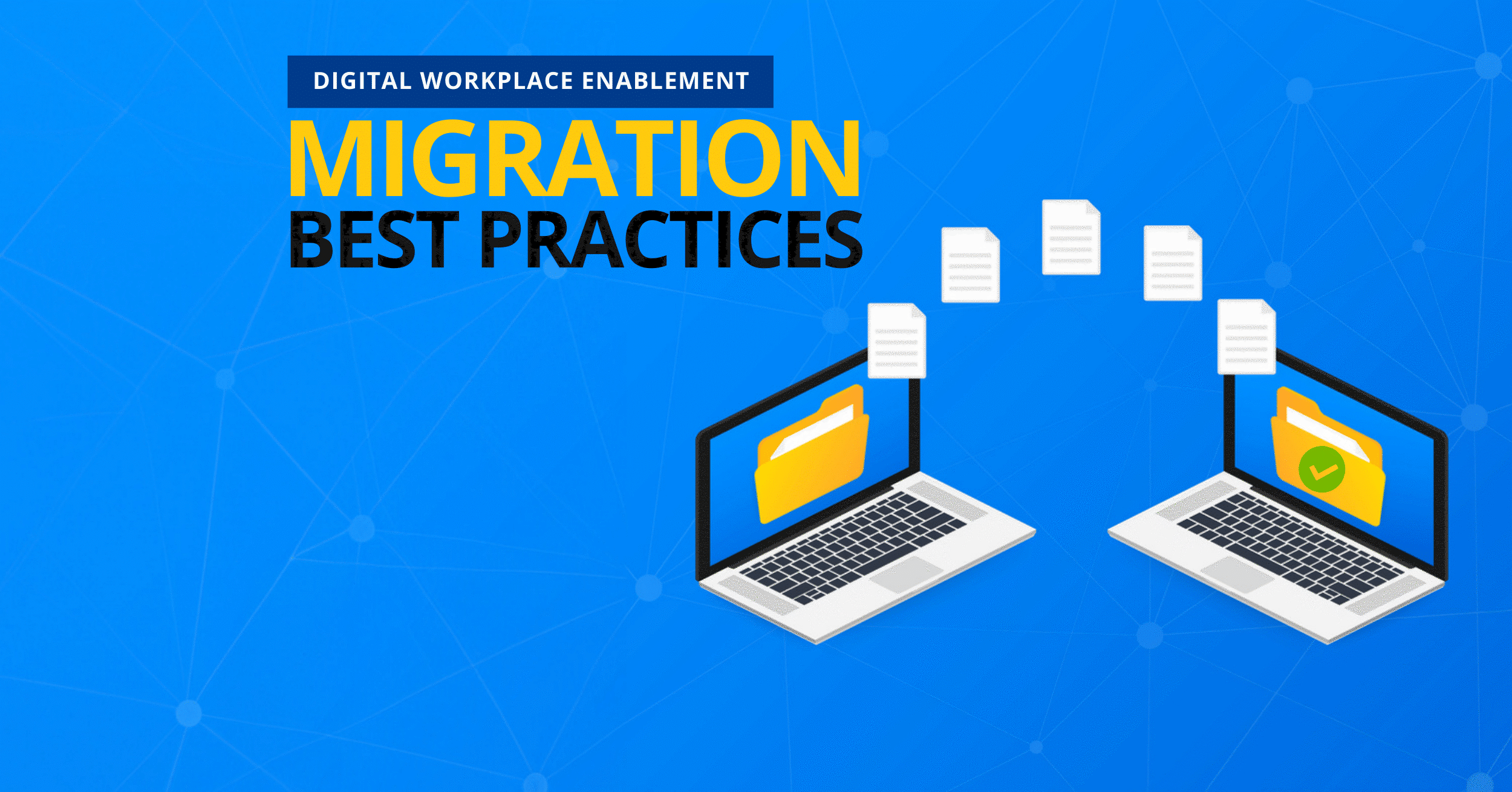Top 5 Microsoft 365 Migration Posts of 2021

Moving data to and from Microsoft 365 and even to another Microsoft 365 tenant is always a hot topic of discussion, so it’s no wonder our migration posts captured the attention of so many readers this year. Be it organizations moving from competing platforms like Go Daddy and G-Suite or orgs just looking to familiarize themselves with migration in general, there was plenty of hunger for Microsoft 365 migration content in 2021.
5. How to Get Started with Microsoft 365 Migration by Adrian Valencia

Preview:
It’s very common nowadays for organizations to store their work data in the cloud. Not only does it make the information available anywhere across the organization (and even the globe), but it also keeps the data more secured and compliant. However, many organizations are still not in the cloud as the migration process requires a lot of preparation, resources, time, and money. It’s not easy to migrate years of records and data without planning and managing it well.
Before the actual migration, you need to determine which files you want to place in the cloud, who will initiate and manage the process, how long the migration will take (as this might affect the present business flow), and other factors. Here are some tips to help you start migrating your local files to Microsoft 365.
Read the rest here!
4. 5 Steps for Launching a Successful Microsoft 365 Migration by Sherian Batalliones

Preview:
With digital transformation at the center of organizations today, we’re seeing more Mergers and Acquisitions (M&A) as organizations strategize for better growth opportunities.
In one of our recent webinars titled “One Team, One Dream, One Collaboration Environment,” AvePoint’s migration experts Mary Leigh Mackie and Kate Faaland went over the best practices for migrating to Microsoft 365 to optimize M&A and its valuations for your organization’s growth. Read on for an in-depth recap!
Read the rest here!
3. How to Migrate from GoDaddy to Microsoft 365 by Sherian Batalliones

Preview:
Due to a variety of reasons—changing needs for a growing business, restrictions on licenses and functionalities, lack of control over how users consume the platform—organizations have started shifting from GoDaddy to moving their tenant directly on a Microsoft 365 license.
Migrating an organization’s tenant can be time-consuming and complex, especially when taking into account various considerations such as tight timelines and data security. And that’s to say nothing of Managed Service Providers who migrate on behalf of multiple customers simultaneously!
Read the rest here!
2. G Suite to Office 365 Migration: 3 Simple Ways to Help Users Adapt by Edmund White

Preview:
G Suite has been a popular option among end users for years. Applications like G-mail and Google Docs have become mainstays for personal email and file management. When it comes to business use cases, however, many organizations are starting to migrate G Suite to Office 365 after discovering the distinct advantages Office 365 has to offer.
For instance, Microsoft stores all documents in its document formats natively; they don’t need to be converted. Then there’s the fact that sending, sharing, and storing documents across Outlook, OneDrive, and Microsoft Teams is a seamless process.
Read the rest here!
1. Office 365 and SharePoint Migration Checklist: Master Microsoft Migration by Michael Segner

Preview:
Before you begin planning your migration, it’s essential to understand what content you have, who owns it, how it is structured, and how important it is. This is important for many reasons, including enabling the shortening of your migration time by removing redundant, obsolete, and trivial data (ROT), helping create a governance plan for structuring your data and securing sensitive content, and prioritizing which segments of content may need more attention.
Read the rest here!
As the former Content Marketing Specialist for AvePoint, Brent led the strategy and direction of all AvePoint's blog properties.



